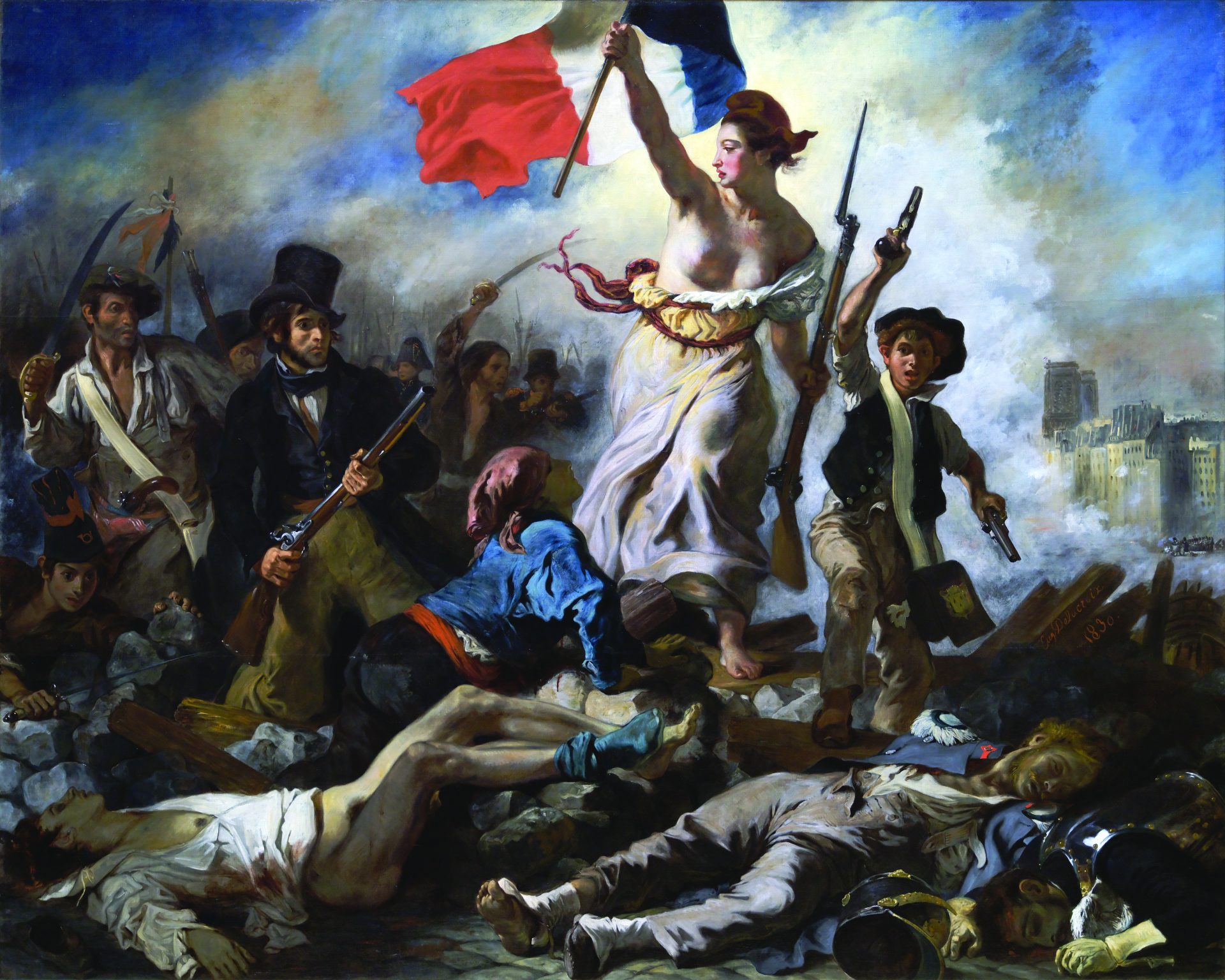
In the middle of the tenth century, a young Moroccan Jewish poet named Dunash ben Labrat arrived in the Andalusian city of Cordoba, then ruled by the blue-eyed caliph of Spanish-Basque descent ‘Abd al-Rahmaan III. Dunash had studied in Baghdad, then considered the most spectacular city in the world, with the head of the Babylonian Jewish academy of Sura, Sa’adia ben Yosef al-Fayuumi, a man of great learning, who taught him, among other things, a keen appreciation of Arabic and its notion of fasaaha (radiance, clarity), as well as its importance for the understanding of Hebrew Scripture. Tenth-century Cordoba was a second Baghdad: a sophisticated city, where Jews, Muslims, and Christians lived in relative harmony and Arabic was the dominant language. “By the mid–tenth century,” writes Peter Cole, “Jews, Christians, North-African Berber Muslims, and Christian converts were competing with the Arabs themselves for mastery of that most beautiful of languages, which became both the lingua franca of al-Andalus and the currency of high culture.” Indeed, conditions for the Jews were so favorable that the conversion rate was low: They spoke Arabic, adopted native dress, and worked side by side with their Muslim neighbors. Dunash, settling in Cordoba and adapting the inflections of Arabic poetry to his native Hebrew, declared, “Let Scripture be your Eden . . . and the Arabs’ books your paradise grove.”
The rapprochement in question produced what appears to have been, on the evidence of Cole’s meticulously edited and captivating anthology, The Dream of the Poem: Hebrew Poetry from Muslim and Christian Spain, 950–1492, a golden age for lyric poetry. Not that the Jewish poets had it easy: There was much conflict, discrimination, and banishment throughout the years, increasing after the collapse of the Muslim caliphate in the early thirteenth century. But even as poets took refuge in Mediterranean cities in what is now France, such as Narbonne and Perpignan, the Judeo-Arabic poetic vein continued to be mined until it was abruptly cut off by the twin events of 1492: the fall of the last Muslim stronghold in Granada and the Edict of Expulsion, banishing all Jews from Spanish soil. It was also, of course, the year Ferdinand and Isabella sent Columbus on his journey to the Indies.
What was the new poetry like? “The adaption of the Arabic quantitative meters,” Cole tells us, “based on distinctions between the length of vowels, endowed Hebrew for the first time with precise . . . criteria for measuring the pace and weave of the line.” Many of the lyrics were modeled on the monorhymed Arabic qasida (ode), along with the shorter lyric and epigrammatic fragment known as the qit. Often sung or recited to musical accompaniment, the verse is highly stylized, heavily accented, and replete with “biblical inlay” (shibbutz): The wings of an ordinary carrier pigeon, for example, are typically described as “scented with myrrh” (a quote from the Song of Songs). Although primarily a secular poetry, its every line is likely to allude to Genesis or the Prophets or the Song of Solomon. But if the Hebrew Bible provides imagery and rhetoric, the stylistic ideal is that of the fasaaha associated with the Koran.
Cole’s account of these poetic features, in his introduction, notes, and glossary, which provides us with definitions of forms like the muwashshah (“an Andalusian Arabic strophic form, apparently developed from Romance folk poetry,” which weaves together two rhyme schemes), represents poetic scholarship at its best. At the same time, it raises expectations that the actual translations do not—perhaps cannot—meet. Both quantitative meter and monorhyme (in which all lines have the same end rhyme) are quite alien to English, and the elaborately sounded structures of qasida or ge’ula (a poem of redemption, salvation, or deliverance), with their reliance on pun, acrostic, and double entendre, don’t quite survive the translation process. Perhaps, then, The Dream of the Poem is best understood—as is often the case with poetry in translation—as a compendium of black-and-white reproductions of what are evidently, in the original, gorgeously colorful illuminated plates.
This caveat aside, Cole has given us an anthology that is genuinely groundbreaking in its opening of the poetic field. Drawing on both canonical Hebrew texts, as well as material retrieved from libraries and private collections scattered around the globe, he introduces us to the work of more than fifty poets, each accorded a biographical introduction and elaborate textual and explanatory notes that often provide the literal reading of a given line as a point of comparison with the freer interpretations and renderings Cole prefers. The hybridization of Arabic and Hebrew, liturgical and secular imagery, Andalusian court culture and folk motifs, makes for a highly distinctive verbal texture.
The four poets whom Cole takes to be the “giants of Hebrew verse”—Shmu’el HaNagid, Shelomo ibn Gabirol, Moshe ibn Ezra, and Yehuda HaLevi—belong primarily to the eleventh century. HaNagid, known in Arabic circles as Isma’il ibn Naghrela (from the Latin niger, meaning “dark”), was prime minister of the Muslim state of Granada, a military commander, a scholar of religious law, a biblical exegete, and a grammarian, as well as a poet. But as a young man, confronting the Berber revolt of 1010–13, he also knew exile and poverty (see the moving “On Fleeing His City”); for years, legend has it, he worked in Malaga as a professional scribe, thus mastering the Arabic script.
His oeuvre of nearly two thousand poems, most of them unpublished until the 1930s, includes an impressive body of satire, elegies, and hymns of praise, but his most intriguing writings, to my mind, are the short, erotic “gazelle” (tzvi) poems, the gazelle (or fawn, deer, doe, or roe) being the pervasive emblem of desire for the Hebrew poets of Spain, following, as they did, the convention of the ghazal, the Arabic designation for the erotic poem that is also a cognate of the Hebrew tzvi. Consider the following:
In fact, I love that fawn,
cutting roses in your garden—
which is why I’ve earned your wrath.
If you could see him,
the others would never find you.
“Scrape me some honey
from your hive,” he said.
“I’ll have mine from your tongue.
I replied. Then he bristledand said to me, sullen:
“And sin before the living God?”
“The sin’s on me,” I answered, “my lord.”
Here, oddly enough, the tissue of biblical allusions (lines 6–7, for example, allude to Judges—”but he told them not that he had scraped the honey out of the body of the lion”) is used to define homoerotic desire. Or is it? The final couplet, alluding, as it does, to Samuel (“And she fell at his feet, and said: ‘Upon me, my lord upon me be the iniquity'”), suggests that the beloved may, after all, be a woman, but the address to “my lord” and the notion of sin imply otherwise. Desire, whether homo- or heterosexual, is, in any case, regularly frustrated, whether we take the gazelle as male or female. And the tension between strict verse form (the original has monorhyme and fixed meter), formal biblical echo, and colloquial speech makes this a unique lyric mode. Moshe ibn Ezra, born half a century after HaNagid and exiled from Granada to northern Spain at the time of the 1090 Almoravid invasion from North Africa, has a more graphic tzvi poem called “Heart’s Desire,” in which the fawn, after a night of intimacy with the poet, turns on his lover:
His anger swelled
and he complained,
rebuking me
and shouting: Stop!Enough now!
You’re forcing me . . .
And Yehuda HaLevi, by Cole’s account the most famous and revered of the medieval Spanish Hebrew poets, has many short, erotic tzvi poems, this time clearly addressed to women:
A doe washes her clothes
in the stream of my tears
and sets them out to dry
in the glow of her glory—
she doesn’t need the spring’s
water, with my
two eyes, or the sun’s
rays with her splendor.
This poem originally carried the heading “He improvised this when he passed by a stream where laundry was being done,” and indeed, “A doe washes” fuses its courtly-love motif with a kind of realism not found in its counterpart in Provençal troubadour lyric. The same naturalistic vein is found in the Hebrew elegies and poems of lament, for example ibn Gabirol’s remarkably caustic “On Leaving Saragossa,” whose speaker rails against those “whose fathers were not fit / to be dogs to my flock of sheep,” “grasshoppers” who must be broken “like dirt or like straw, / my tongue’s pitchfork thrust into their hay.”
Often vindictive and sometimes downright nasty, at once sensual and mystical, visual in its reliance on the actual Spanish landscape and yet heavily dependent on scriptural convention, this is a poetry that calls into question all our stereotypes about the inevitable divide between Islam and Judaism, Arab and Jew. Indeed, Cole has produced not only a major translation project but also what might make a perfect teaching anthology—an anthology designed to make university students, as well as their instructors, think otherwise.
Marjorie Perloff is currently scholar-in-residence at the University of Southern California.





